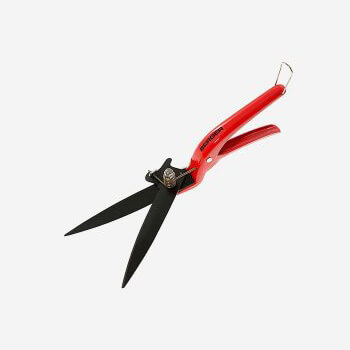డిసెం . 19, 2024 21:48 Back to list
Design and Functionality of Concentric Lug Type Butterfly Valves in Industrial Applications
Understanding the Concentric Lug Type Butterfly Valve
Butterfly valves are essential components in a wide variety of industrial processes, serving as on/off control devices for fluids and gases. Among the numerous types of butterfly valves available, the concentric lug type butterfly valve is gaining prominence due to its unique design and practicality in various applications. This article aims to delve into the intricacies of the concentric lug type butterfly valve, exploring its structure, benefits, and applications.
Design and Structure
The concentric lug type butterfly valve is characterized by its simple yet effective design. It consists of a disc mounted on a shaft and located centrally in the valve body. The term 'concentric' refers to the alignment of the disc with the valve body's centerline, ensuring minimal turbulence and pressure drops during operation. This design allows the disc to rotate 90 degrees, which either completely opens or closes the flow path.
One significant feature of the concentric lug valve is its lug-style attachment. The valve body is equipped with lugs that allow for direct mounting onto the pipeline, eliminating the need for additional flanges and gaskets. This makes installation more straightforward and cost-effective. Moreover, the lugged design allows for easy maintenance and replacement without needing to remove the valve from the pipeline entirely.
Advantages of Concentric Lug Type Butterfly Valves
1. Compact Design Due to their straightforward structure, concentric lug type butterfly valves have a compact design. This space-saving feature makes them suitable for applications where space is limited, allowing for easier installation and integration into existing systems.
2. Low Pressure Drop The concentric alignment of the disc minimizes the pressure drop across the valve when it is fully open. This efficiency is crucial in systems that require optimal flow rates, significantly reducing energy costs associated with pumping and fluid transport.
concentric lug type butterfly valve

3. Ease of Operation The butterfly valve is relatively easy to operate, requiring only a quarter turn to open or close fully. This feature allows for rapid response times in critical situations, enhancing the overall control of fluid flow in processes.
4. Versatility Concentric lug type butterfly valves are suitable for a wide range of applications, from water treatment facilities to chemical processing plants. They can handle various fluids, including water, oil, gas, and corrosive substances, depending on the materials used in their construction.
5. Cost-Effective Solution Compared to other valve types, the concentric lug butterfly valve typically presents a cost-effective solution, not only in initial purchase price but also in reduced maintenance and operational costs.
Applications
The concentric lug type butterfly valve finds its application across multiple industries. In the water and wastewater treatment sector, it is used for regulating flow and controlling the discharge of treated water. In the oil and gas industry, these valves are employed in pipelines for crude oil and refined products due to their reliable sealing capabilities and suitability for a variety of pressures and temperatures. Additionally, in chemical processing facilities, they facilitate the easy handling of aggressive fluids and gases.
Conclusion
In summary, the concentric lug type butterfly valve is a versatile and efficient option for controlling fluid flows in diverse industrial applications. Its design not only enhances performance but also promotes ease of use and maintenance. As industries continue to evolve and face new challenges, the concentric lug butterfly valve will undoubtedly remain a fundamental component in achieving efficient process control and management.
Share
-
Reliable Wafer Type Butterfly Valves for Every IndustryNewsJul.25,2025
-
Reliable Flow Control Begins with the Right Ball Check ValveNewsJul.25,2025
-
Precision Flow Control Starts with Quality ValvesNewsJul.25,2025
-
Industrial Flow Control ReliabilityNewsJul.25,2025
-
Engineered for Efficiency Gate Valves That Power Industrial PerformanceNewsJul.25,2025
-
Empowering Infrastructure Through Quality ManufacturingNewsJul.25,2025


